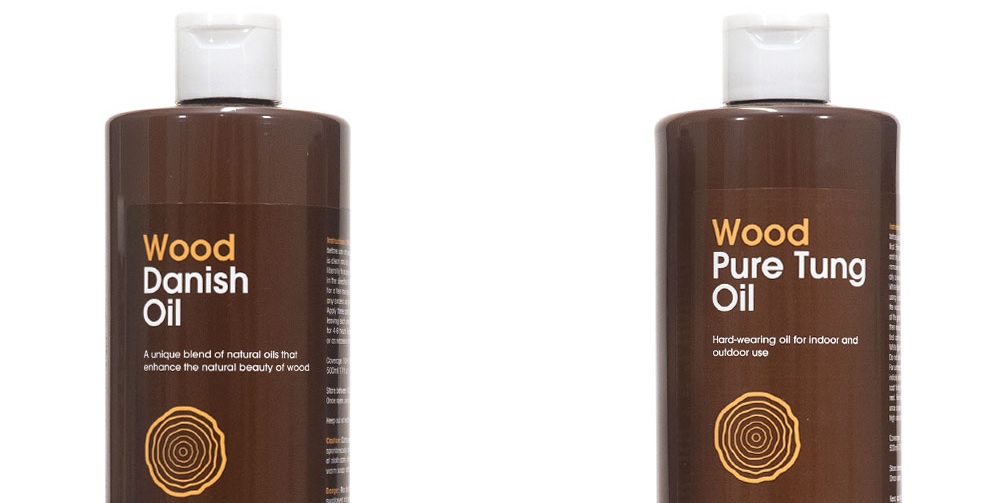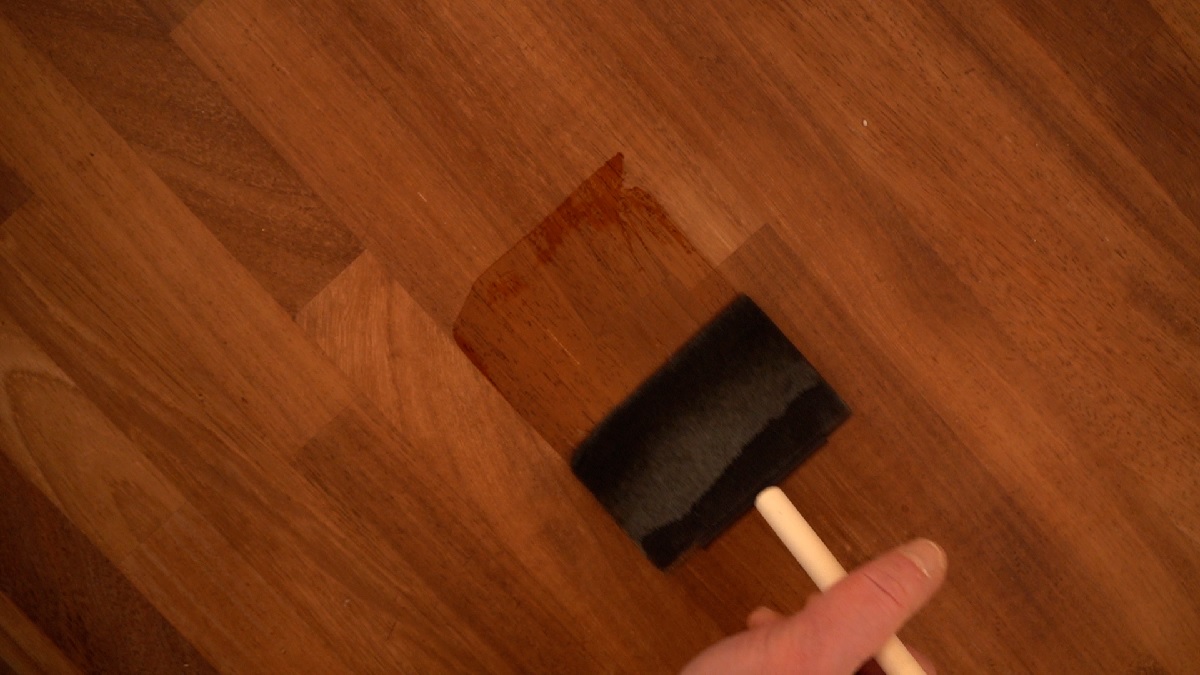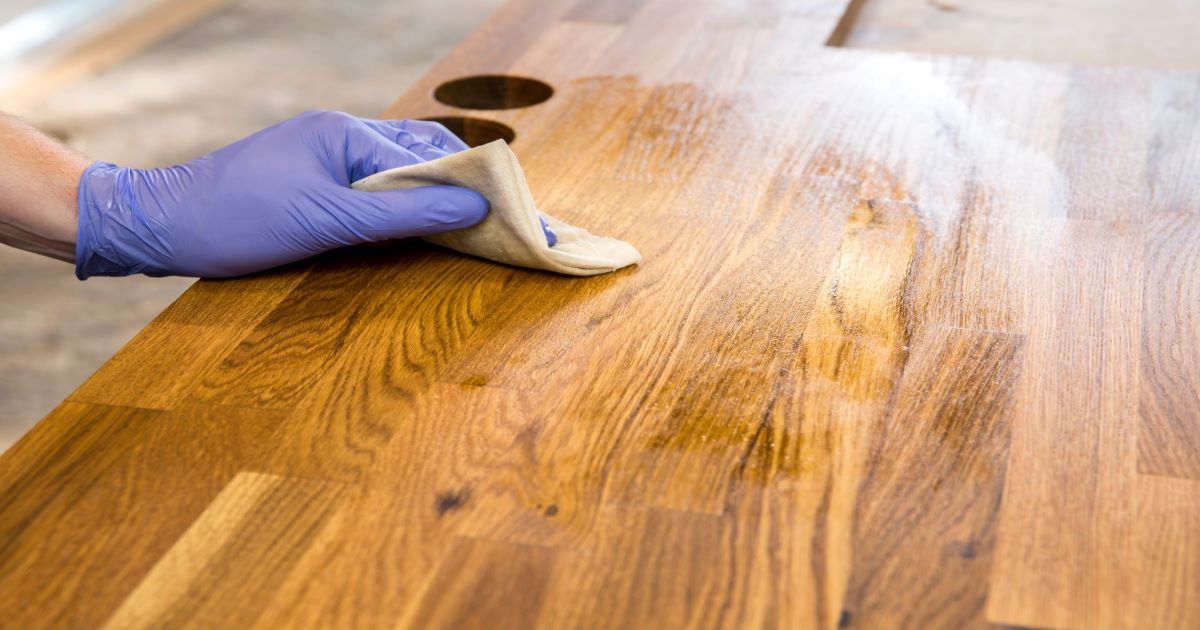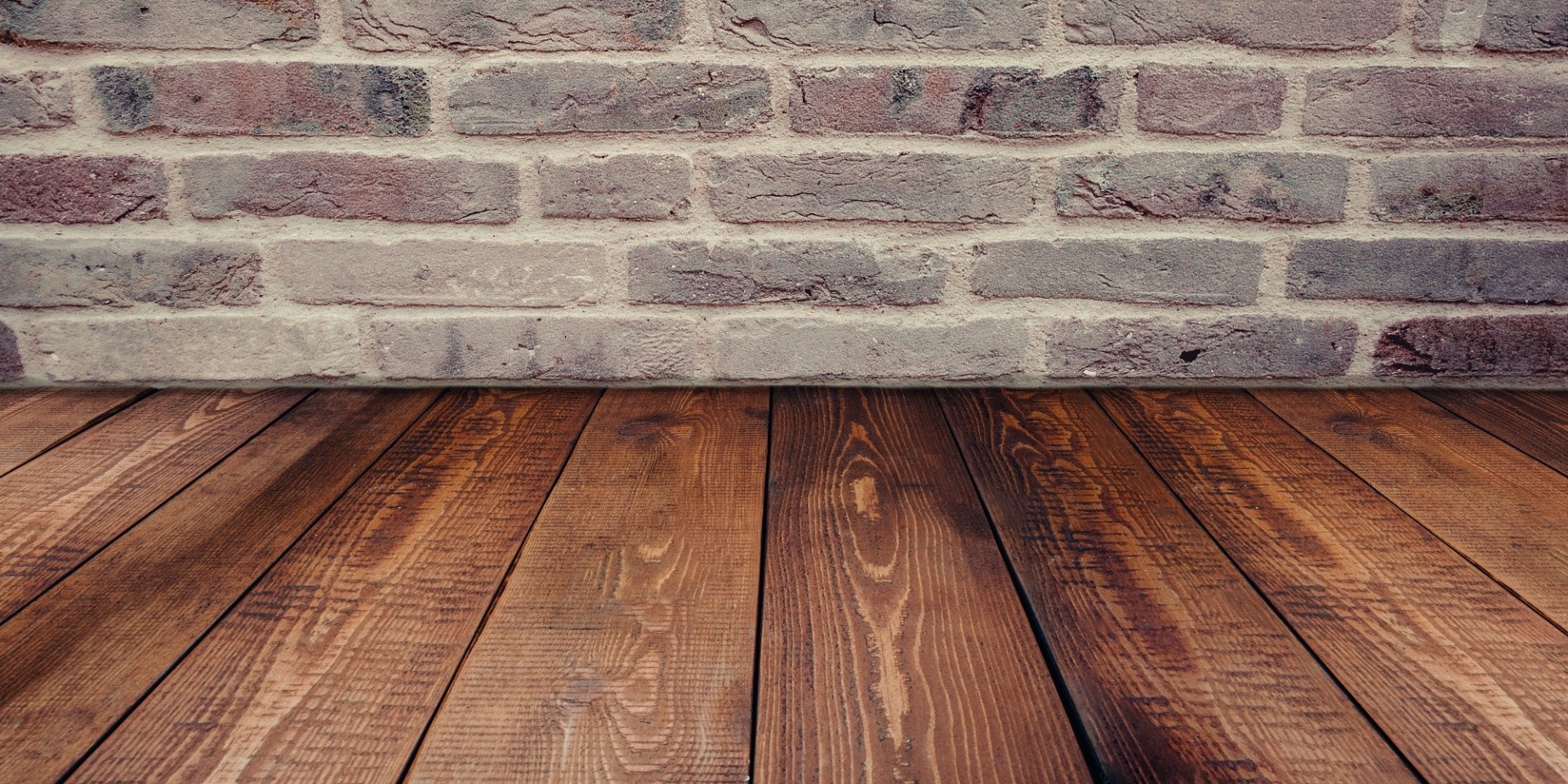What’s the difference between Tung Oil and Danish Oil?
Both Tung Oil and Danish Oil are excellent wood oils with endless applications. Where one oil can be used, so can the other, so you can’t make the wrong decision picking one oil over the other.
However, there are instance where one oil is slightly better suited, or you may choose the oil for its aesthetic. In this blog we’ll compare Tung Oil and Danish Oil head to head to help answer your questions.
When to use each oil: Tung Oil vs Danish Oil
As mentioned before there is no instance where one oil is better than the other. But there are two areas where the oils differ. Tung Oil dries to a matt finish vs Danish Oils satin / semi-gloss finish and Tung Oil is 100% natural.
So if you’re looking for a wood oil with either a matt finish, or being 100% natural and environmentally friendly is key, then Tung Oil is the best bet.
Otherwise, for most surfaces we would actually recommend Danish Oil as it dries quicker and provides a harder wearing finish to wood.
Head to head: Tung Oil vs Danish Oil
Both oils are very similar, as you’ll see in the chart below. The main difference is that Tung Oil dries to a matt finish, whereas Danish Oil dries to a satin / semi-gloss finish.
|
|
Danish Oil |
Tung Oil |
|
Finish / Lustre |
Satin / Semi-gloss |
Matt |
|
Water Protection |
Excellent |
Good |
|
Colour |
Slightly darkens |
Darkens |
|
Drying Time |
4-6 hours |
24 hours |
|
Coverage per litre |
20m2 |
20m2 |
|
Coats required for bare wood |
Three |
Three |
Being a 100% natural oil means Tung Oil has some key differences when compared to Danish Oil. These are:
Drying Time: As Tung Oil doesn’t contain any added drying agents or thing agents, it takes longer to dry. Its an oil in its raw state.
Colour: Because it’s a raw oil, it saturates the wood more with oil and so darkens the wood more than Danish Oil would.
Protection: Because our Danish Oil contains some varnish, it provides a tougher and more water repellent finish.
Ease of use: Both oils are pretty easy to use, however Danish Oil is thinner and penetrates deeper into the wood, making it easier to apply.
Tung Oil vs Danish Oil: The Formulation
Since Tung Oil is 100% natural it doesn’t have a formulation, it is a natural drying oil obtained from pressing the nut from a tung tree. There isn’t much more than this to say, but if you’re interest, we do have another blog all about tung oil – What is Tung Oil.
When it comes to Danish Oil though, this can be made numerous ways. You see, Danish Oil isn’t the name of an actual oil, it is the name of a formulation, and this formulation differs from company to company.
Mostly it’s a mix of Tung Oil and Boiled Linseed Oil with drying agents and thinning agents (white spirit, thinners etc). However, when we make our Danish Oil we also add a little varnish, this means when it dries it gives the wood a lovely smooth and silky feel whilst also enhancing the wood like an oil does.
This makes our Danish Oil harder wearing than most oils and provides greater protection; especially for kitchen worksurfaces that are cleaned often, and on doors or furniture that could get knocked.
If you want to learn more about Danish Oil, read our blog dedicated to it – What is Danish Oil








